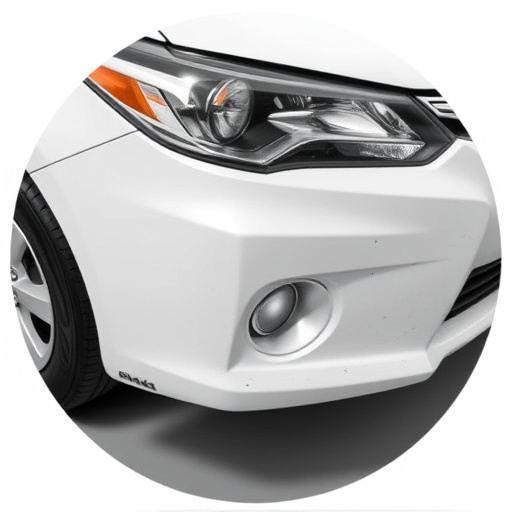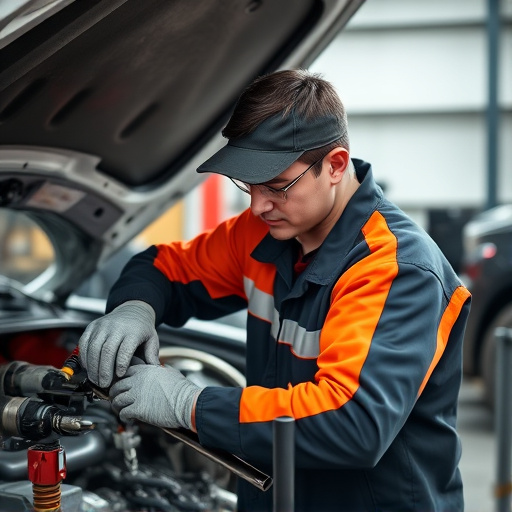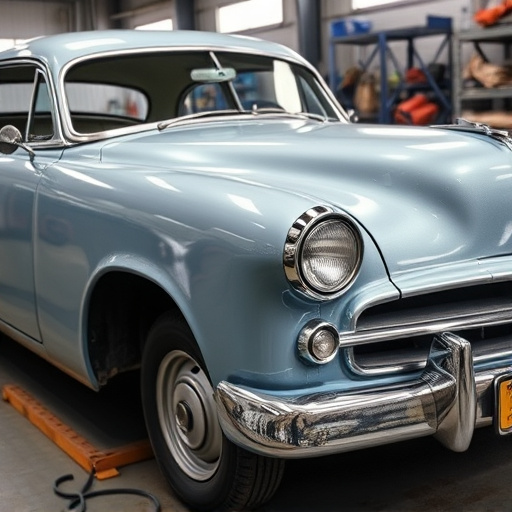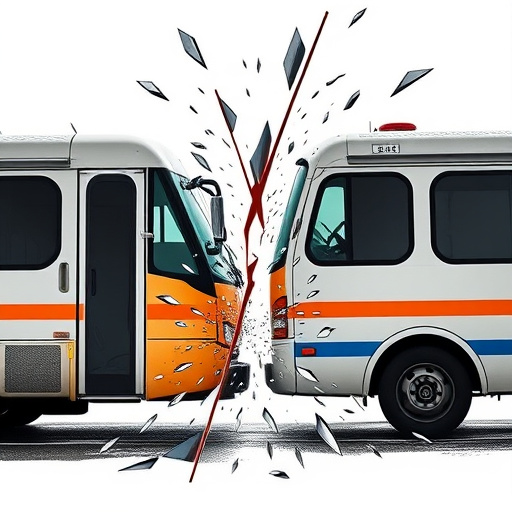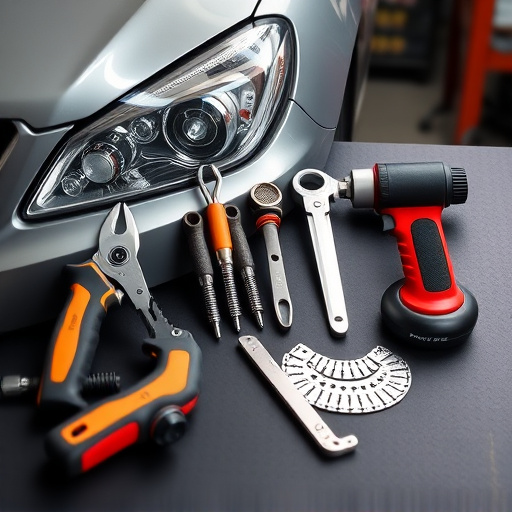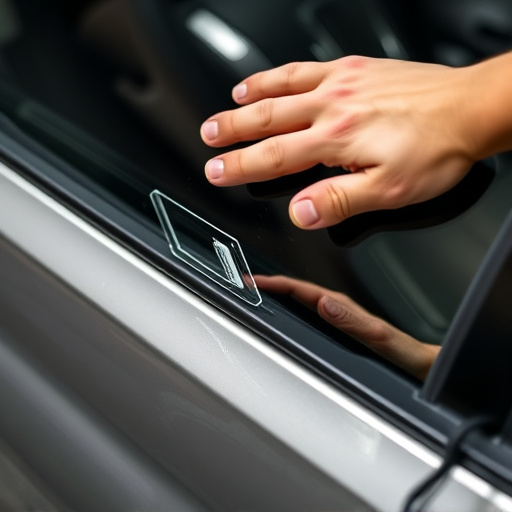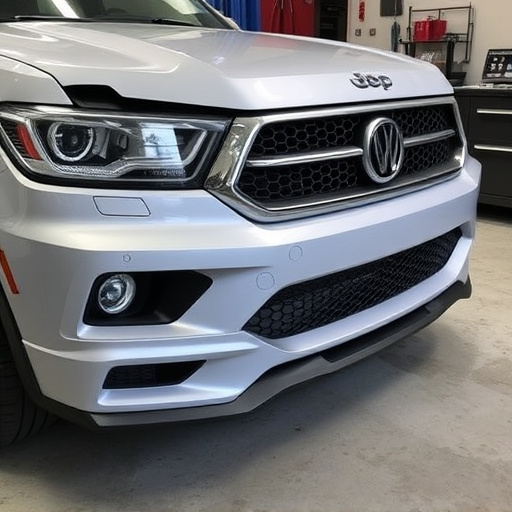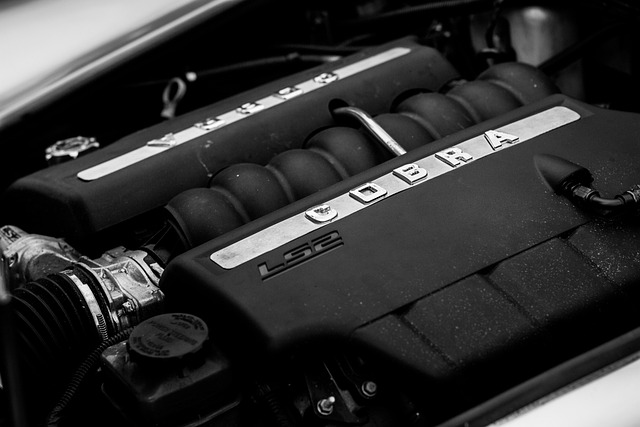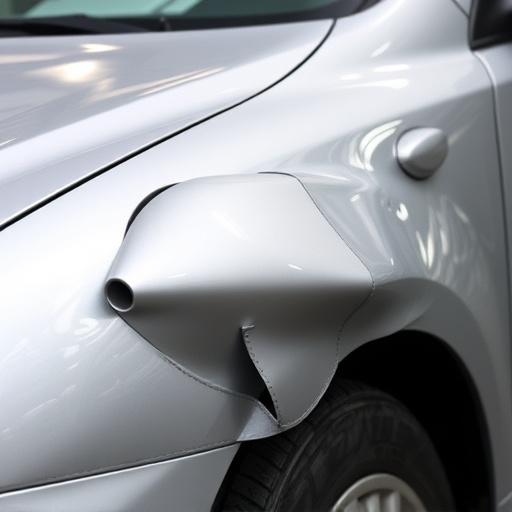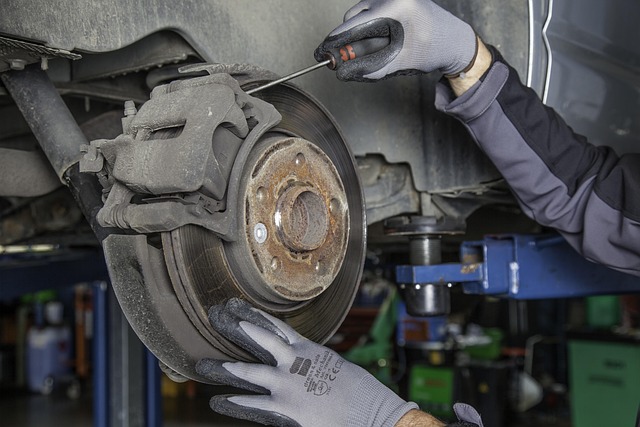Before a collision repair audit, understand industry regulations and best practices for high standards. A well-organized documentation system is crucial for successful audits, reflecting professionalism and adherence to standards. Regular mock audits prepare facilities, improve processes, enhance service, boost efficiency, and increase customer satisfaction.
Preparing for a collision repair audit is crucial for any automotive shop. This comprehensive guide outlines best practices to ensure a smooth process. Start by understanding the audit requirements and standards, which are vital for compliance. Next, organize documentation and records thoroughly; a well-kept archive is essential. Conduct regular mock audits to gain real-world preparation and identify areas for improvement. By following these steps, you can confidently navigate the collision repair audit, showcasing your shop’s professionalism and adherence to industry standards.
- Understand Audit Requirements and Standards
- Organize Documentation and Records Thoroughly
- Conduct Mock Audits for Real-World Preparation
Understand Audit Requirements and Standards

Before diving into a collision repair audit, it’s crucial to have a comprehensive grasp of the audit requirements and standards. This involves familiarizing yourself with industry-specific regulations and best practices set by governing bodies and professional associations. Collision repair audits are designed to ensure that shops maintain high-quality standards in their operations, from the initial assessment of damage to the final inspection of repaired vehicles. Understanding these requirements is the first step towards achieving a successful audit.
By understanding the specific criteria, you can tailor your preparation efforts effectively. This includes focusing on areas like proper documentation procedures, adherence to safety protocols, and compliance with environmental regulations related to waste disposal and material handling. For instance, in the case of dent repair or car paint repair, ensuring that techniques meet industry standards and that repairs are executed accurately is paramount.
Organize Documentation and Records Thoroughly
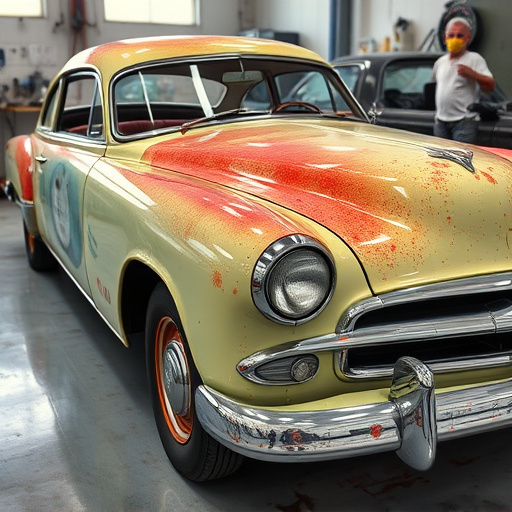
A well-organized documentation system is a collision repair audit’s best friend. Before the audit, take time to neatly arrange and categorize all relevant records, including customer files, work orders, parts inventory, and repair logs. This meticulous approach ensures that every detail of your collision repair process is readily accessible. When an auditor arrives, they’ll appreciate the efficiency and transparency this offers, allowing them to review procedures with ease.
Think of it as a smooth car dent removal process—every piece fits perfectly into place. Your organized records will reflect professional practices, demonstrating your commitment to quality. This proactive approach not only makes the audit smoother but also highlights your establishment’s attention to detail and adherence to industry standards, especially when compared to a disorganized auto repair near me.
Conduct Mock Audits for Real-World Preparation
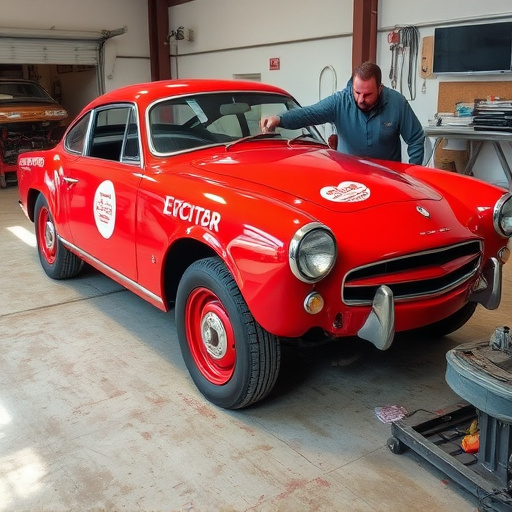
Conducting mock audits is an invaluable practice for preparing for a real collision repair audit. By simulating the audit process, you gain hands-on experience and identify potential areas for improvement within your automotive collision repair facility or car paint services department. This allows you to address any gaps in procedures or documentation before the actual review, ensuring your team is well-prepared to confidently demonstrate their work.
Regular mock audits also help familiarize everyone involved with the audit criteria and standards. They foster a culture of continuous improvement within your vehicle paint repair processes, enabling you to maintain high-quality standards and deliver exceptional service. Through these exercises, you can uncover best practices that streamline operations and enhance customer satisfaction, ultimately reflecting positively on your collision repair services.
Preparing for a collision repair audit involves understanding the requirements, organizing documentation, and conducting mock audits. By adhering to these best practices, you can ensure your shop meets industry standards and passes inspections with ease. Remember, thorough preparation is key to navigating the audit process seamlessly and maintaining your shop’s reputation.

